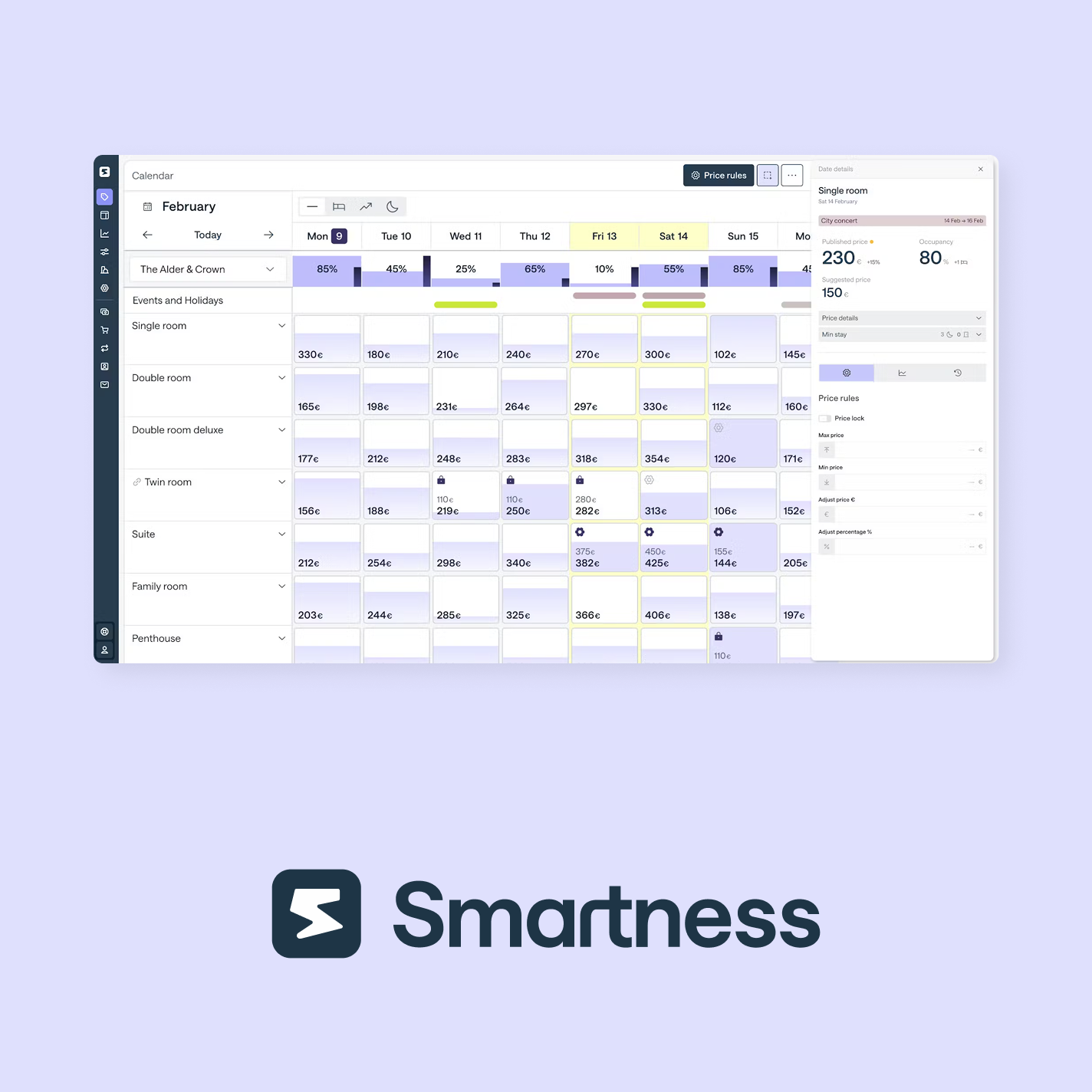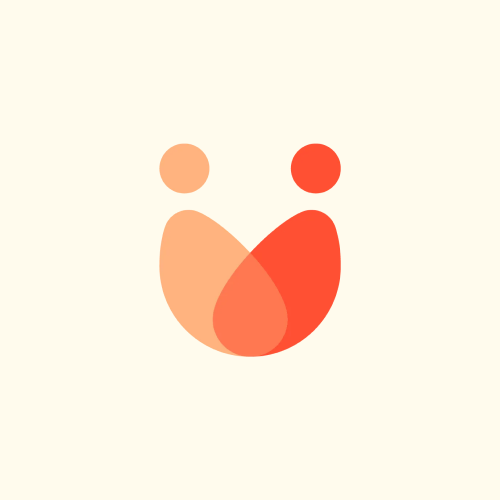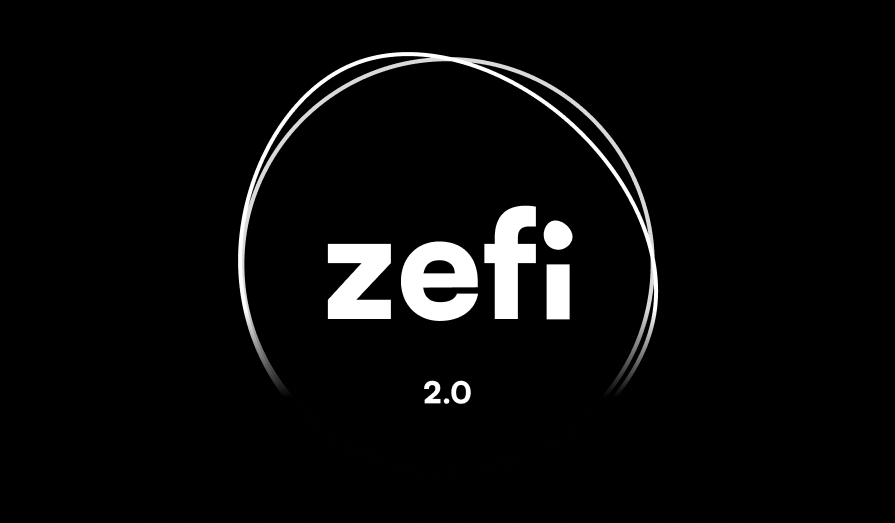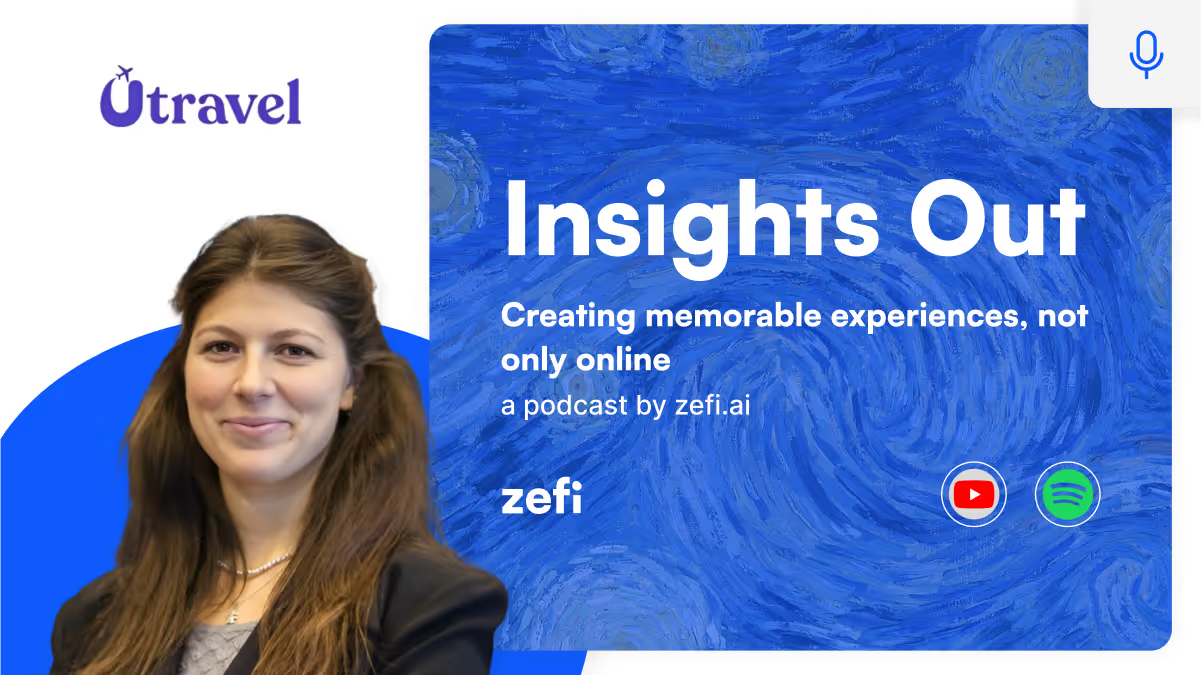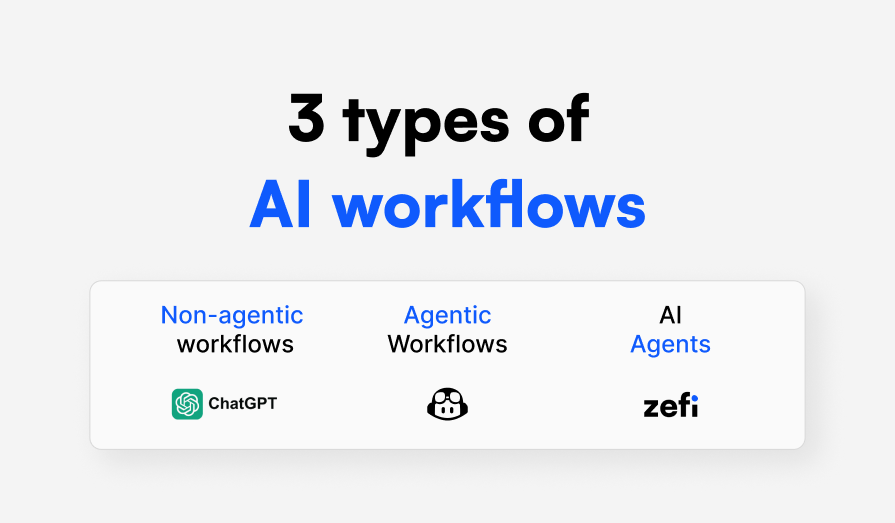
AI agents and types of AI workflows explained

A member of our team will get in touch soon
Intro: from prompts to agents
Understanding the Evolution from Non-Agentic Workflows to AI Agents
Artificial intelligence has evolved from being a passive assistant that simply answers our questions to becoming an active collaborator capable of reasoning, planning, and taking initiative. But as the ecosystem grows, so does the vocabulary. Terms like “agentic workflows” and “AI agents” are popping up everywhere.
What do they actually mean? And how are they different from the simple AI interactions we’ve been using for years?
Let’s break it down.
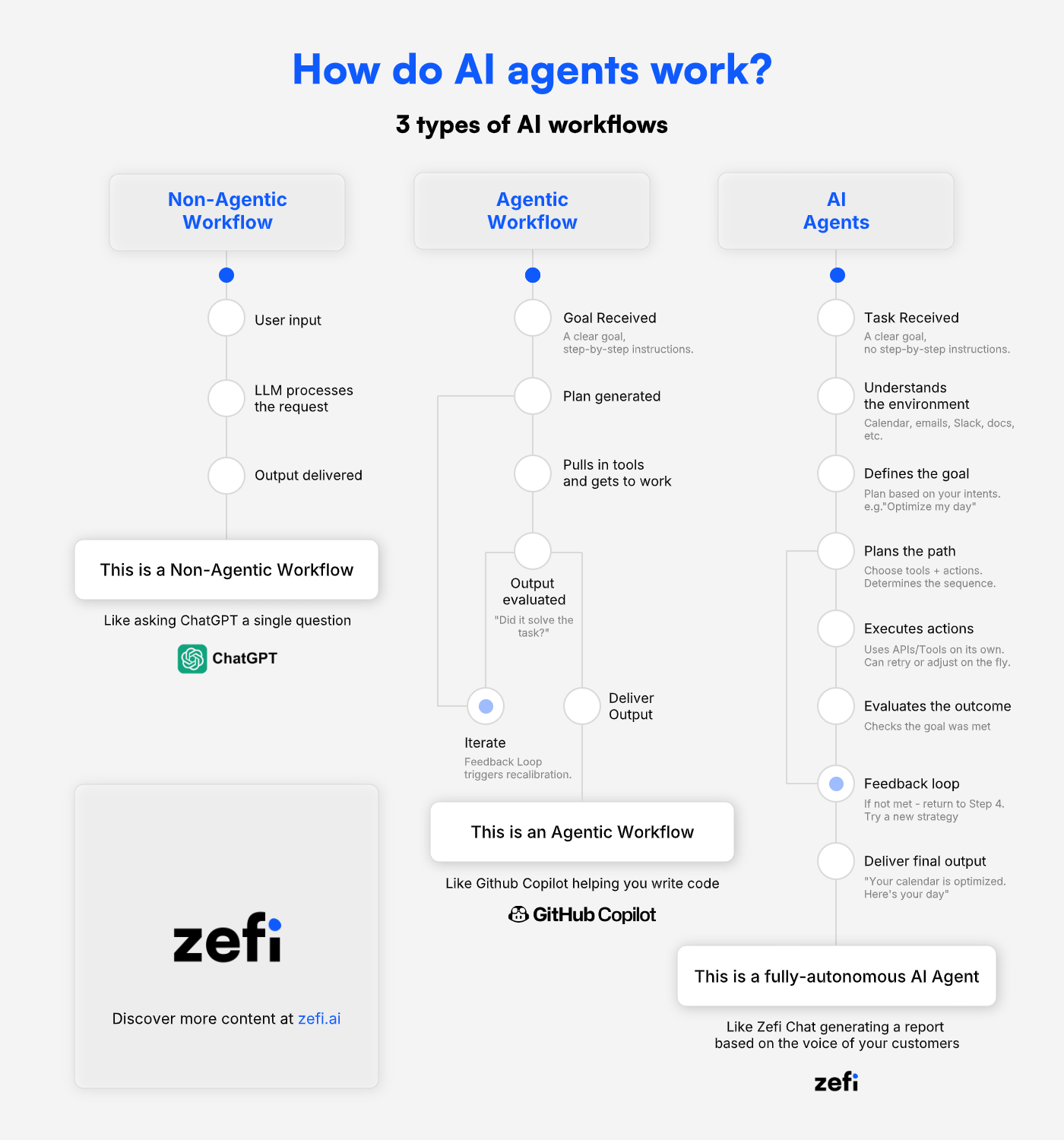
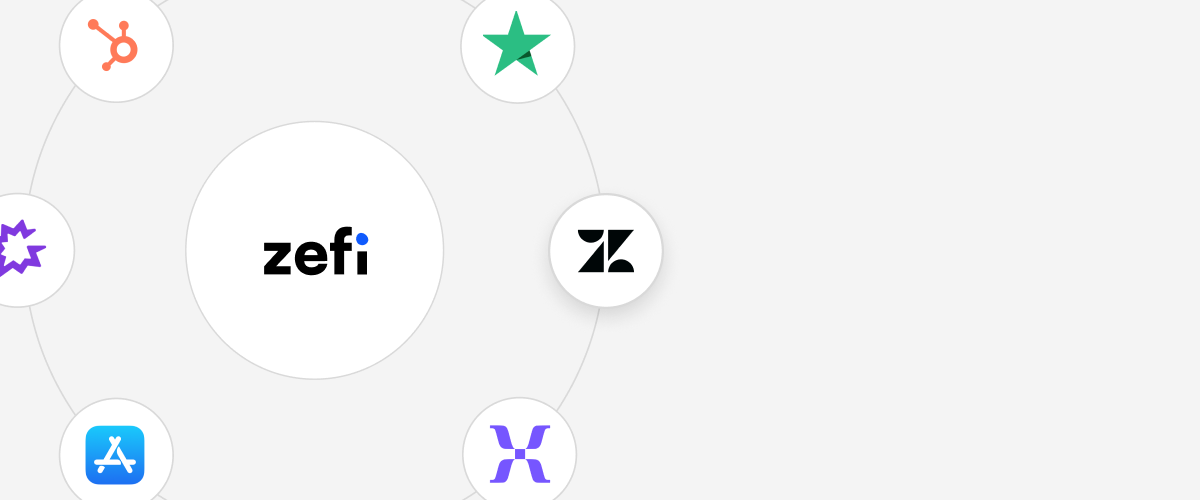
Non-Agentic Workflows: Smart, but static
What they are:
Non-agentic workflows represent the first generation of AI usage, systems that perform a single, well-defined task in response to a user’s prompt or input. They don’t have memory, context persistence, or the ability to act autonomously.
Each interaction is isolated: you ask a question, the AI answers, and the process resets.
Example: ChatGPT answering a single question.
Think about when you open ChatGPT, type:
“Explain AI Agents in simple terms.”
The model processes the question, generates a well-structured answer, and stops there. It doesn’t remember that you asked about AI agents before, nor does it take any follow-up action unless you explicitly ask.
In short:
- Reactive, not proactive
- No long-term memory
- Perfect for single-turn tasks (like summarizing, drafting, or brainstorming)
Metaphor:
It’s like having a calculator: you type in numbers, get the result, and start over.

Agentic workflows: context aware collaboration
What they are:
Agentic workflows are the next step: they link multiple AI capabilities together in a structured process, allowing the AI to assist you over multiple steps or contexts.
They’re not fully autonomous (they still operate within predefined boundaries) but they can anticipate your next move and provide continuous assistance without restarting the entire interaction.
Example: GitHub Copilot.
GitHub Copilot doesn’t just respond to one prompt at a time. It learns from your current coding context, your previous lines of code, and even your project structure to suggest meaningful completions.
It doesn’t decide to start a new project or push code on its own, that’s still your job, but it works alongside you intelligently, anticipating what you might need next.
In short:
- Multi-step reasoning within a structured workflow
- Works continuously within a task
- Still human-guided but context-aware
Metaphor:
It’s like a skilled assistant: it knows what you’re working on and helps you stay efficient, but it doesn’t take over your job.
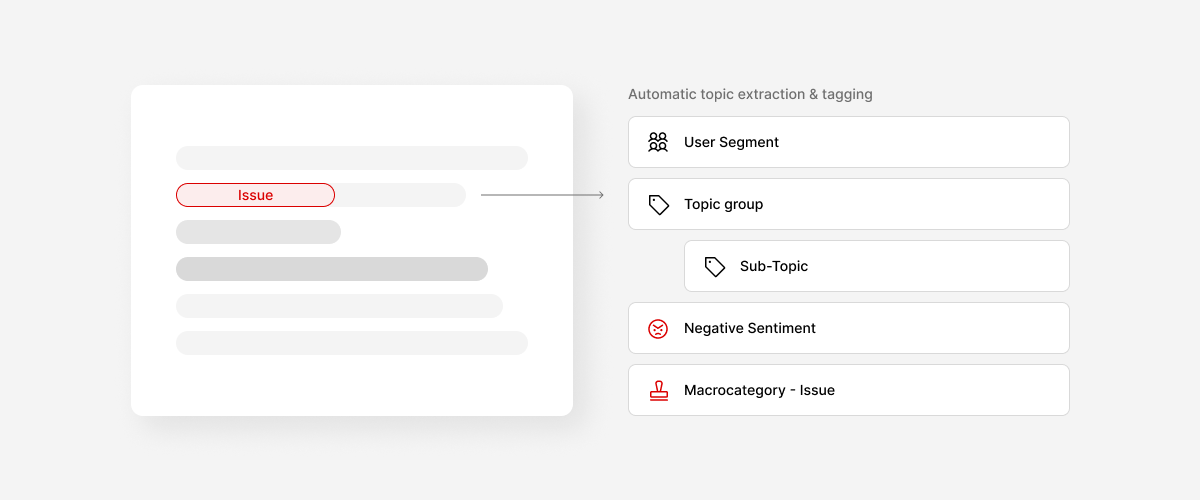
AI agents: autonomous and goal-oriented intelligence
What they are:
AI agents are autonomous systems capable of reasoning, planning, and acting toward a goal, sometimes with minimal or no human guidance. They can use tools, remember past interactions, and adapt based on outcomes.
Instead of waiting for a prompt, they can take initiative when they detect an opportunity or problem aligned with their objectives.
Example: Zefi’s chat.
Zefi’s chat is designed to act (among other functionalities) as an AI feedback analyst, not just a chatbot. It doesn’t simply answer one question or help you follow a workflow.
You can ask Zefi’s chat to:
“Analyze all customer feedback from the past quarter and tell me which topics drive negative sentiment among enterprise users.”
Zefi’s chat doesn’t just summarize text. It retrieves relevant survey data, performs topic clustering, analyzes sentiment trends, and builds a structured explanation, all autonomously. It can even generate reports and suggest actions to improve customer experience.
That’s an AI agent: a system that understands your goals and works to achieve them through reasoning and action.
In short:
- Goal-driven autonomy
- Memory, reasoning, and initiative
- Can act across tools, not just within one prompt
Metaphor:
It’s like a colleague: you can delegate a task, and it figures out how to get it done.
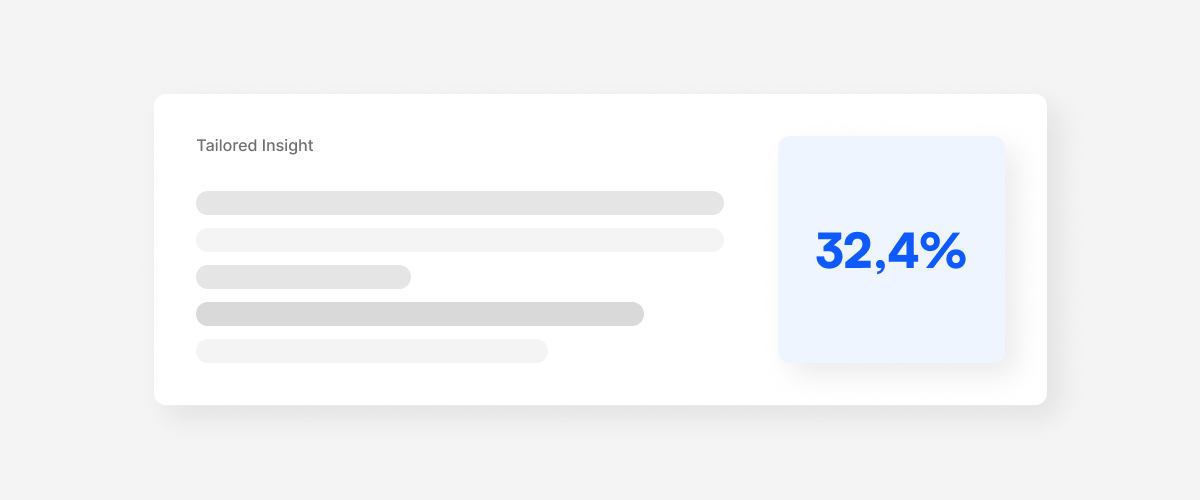
From workflows to collaboration
Here’s how they compare at a glance:
The difference isn’t just technical, it’s conceptual.
As we move from non-agentic to agentic systems, and finally to AI agents, we’re moving from tools that help us to teammates that work with us.
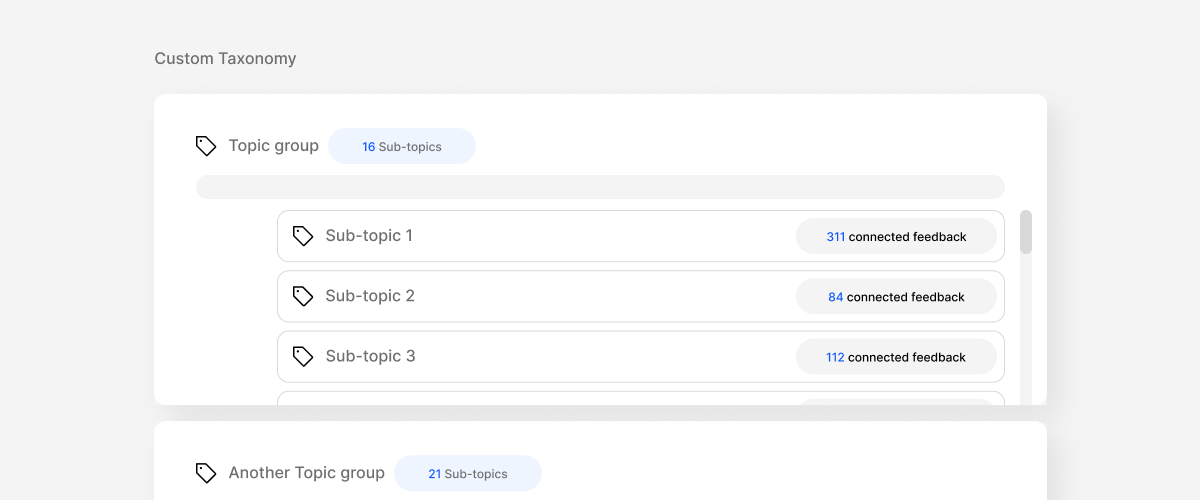
The Future is Agentic
The future of AI isn’t about replacing humans, it’s about extending what we can do. Agentic systems like Zefi are already transforming feedback analytics, helping teams uncover insights that would take weeks to find manually.
We’re entering an era where AI won’t just answer our questions, but will act on our behalf, reasoning, planning, and collaborating to move ideas forward.
That’s the real power of agentic AI.


Extract value from user feedback
Unify and categorize all feedback automatically.
Prioritize better and build what matters.
A member of our team will get in touch soon
Heading
Heading 1
Heading 2
Heading 3
Heading 4
Heading 5
Heading 6
Lorem ipsum dolor sit amet, consectetur adipiscing elit, sed do eiusmod tempor incididunt ut labore et dolore magna aliqua. Ut enim ad minim veniam, quis nostrud exercitation ullamco laboris nisi ut aliquip ex ea commodo consequat. Duis aute irure dolor in reprehenderit in voluptate velit esse cillum dolore eu fugiat nulla pariatur.
Block quote
Ordered list
- Item 1
- Item 2
- Item 3
Unordered list
- Item A
- Item B
- Item C
Bold text
Emphasis
Superscript
Subscript










